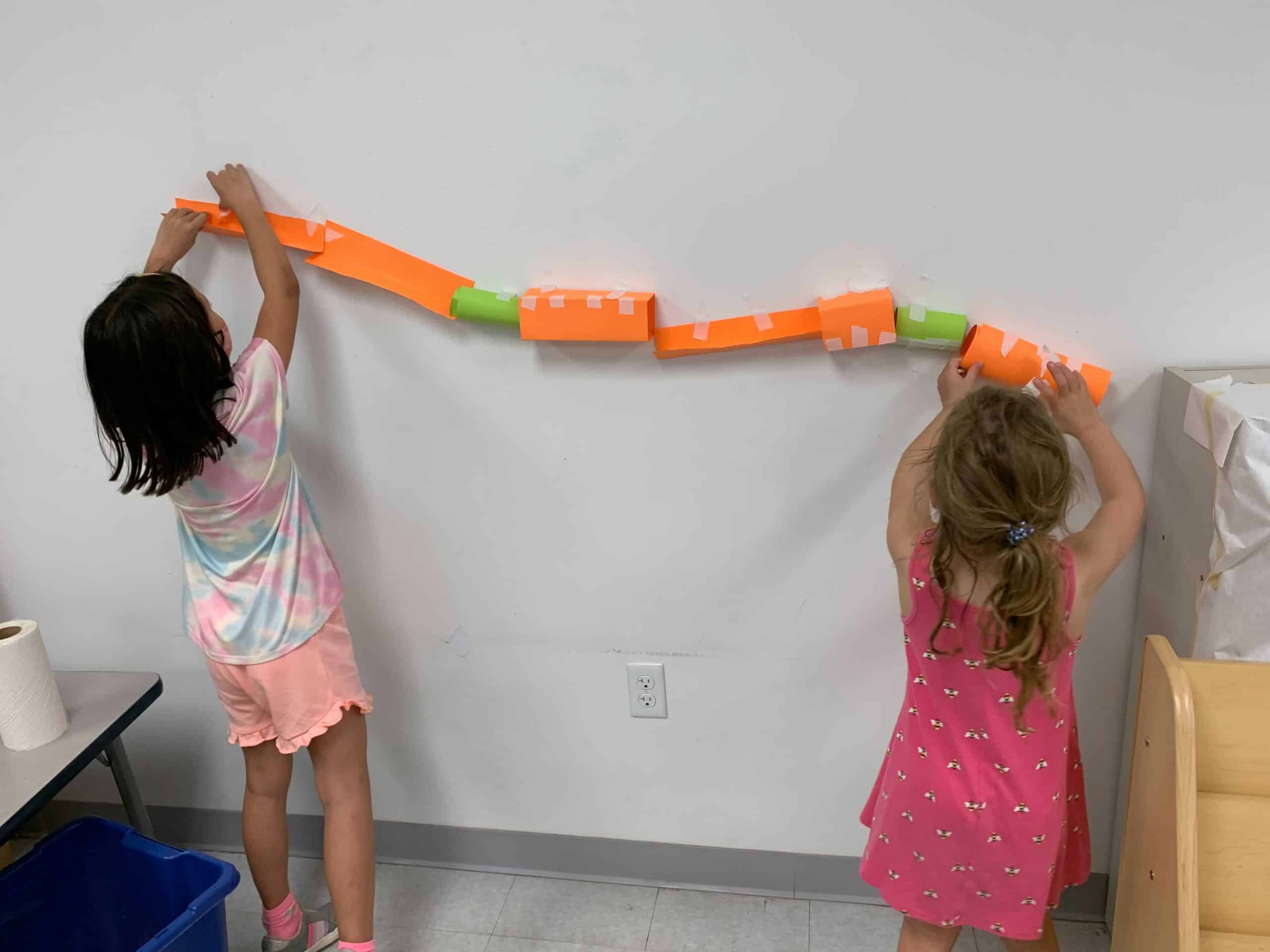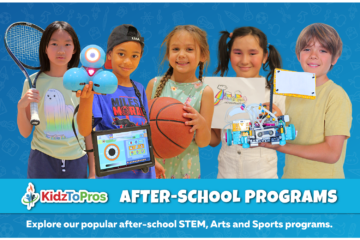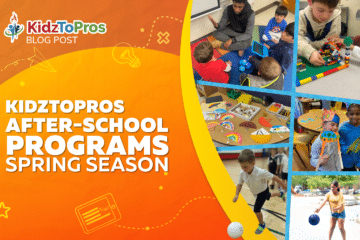How Afterschool Programs Help Kids and The Community

Students spend a good majority of their time each day outside the classroom. When they aren’t sleeping or eating, many would benefit from using this time for enrichment activities. Programs focusing on STEM, sports, or arts are especially beneficial. Many parents want their kids to learn subjects not covered in school. They’re also looking for places their children can do homework. And socialize in a safe environment. Afterschool programs are such a place.
What are afterschool programs?
Most programs are run by the school itself or another qualified organization. They offer activities like LEGO Robotics, Improv Comedy or Basketball. These take place after school and typically run for an hour to two. Parents work or tend to other needs while their kids are in good hands.
Afterschool programs normally serve students from kindergarten through middle school. Although some exist for high school students too.
High-quality programs provide a safe, structured environment for students. This helps everyone. Here’s how:
Benefits for students and families
Improved academic performance
Studies have found that more than 40 percent of students showed improved reading and math grades after attending quality afterschool programs. Regular attendance and stellar instructors also help to realize these gains.
One of the main draws is time devoted to completing homework. This is especially helpful for kids who need more instruction to understand a particular lesson. Completing work right after school, even in a more informal setting, is better than waiting until later when children are tired.
Be sure to choose a program with a qualified instructor or teacher who can help in areas of need.
Healthier social and emotional intelligence
Kids who attend afterschool programs with smaller teacher/student ratios exhibit more socially appropriate behavior. They’re getting attention and help with their school work. As a result, they feel less frustrated and are less likely to act out.
Programs promoting cooperation, support, and respect encourage kids to join in activities and start conversations.
Afterschool activities that also allow time for play, with adult supervision, help students to blow off steam. Active kids have more opportunities to develop healthy identities. They manage emotions more effectively.
Higher self-esteem
An afterschool program doesn’t feel as strict as school. For instance, there isn’t the same level of pressure. Kids are more relaxed and subsequently feel freer to ask more questions than during regular class time.
This is also an opportunity for them to give sports and creative arts a try. Since many school districts are cutting these subjects, outside school is the only chance for some kids to try them. Taking healthy risks like performing for an audience or playing a soccer game can also lead to higher self-esteem.
When kids feel better about themselves, they don’t utilize sick days as often and dropout rates go down.
Improved eating habits
Quality afterschool programs usually offer plenty of water and healthy snacks. This is important. Kids left on their own don’t always make the healthiest choices.
When kids are bored, they eat more. They tend to pick snacks filled with sugar and trans fats. On the contrary, overeating reduces boredom and overeating in children.
Any good program should emphasize healthy options and regular physical activity. This will help encourage better lifestyle choices as kids grow older.
A wider circle of friends
After school is also a great time for kids to meet new people.
Programs can provide kids with chances to make friends from outside their classrooms. Interacting with kids from different backgrounds will broaden a child’s horizons.
Improve verbal and nonverbal communication skills
STEM, arts and sports programs encourage kids to work together as a team. Projects, games or performances help foster cooperation. Participants learn to rely on one another.
Kids also pick up cues and learn that facial expressions can be as powerful as verbal commands. This helps them communicate more effectively with their peers.
Make learning more enjoyable
It’s meaningful for kids to take part in activities they enjoy. It also helps them retain knowledge. If they’re having fun while learning, long-term memory storage is the result.
Helping the community
Equity and inclusion
When schools offer effective afterschool enrichment programs, the whole neighborhood benefits. Poverty and crime goes down in educated areas while property values go up. This helps the entire community, even people who don’t have children in school.
Undervalued neighborhoods especially need students who are better prepared, through afterschool tutoring and homework assistance for example. This helps prepare them for jobs, college or the military. The learning gap also closes in communities that offer these programs.
Safer streets
Empathetic coaches and teachers create a safe environment in afterschool programs. Also, older children can concentrate on being kids, rather than babysitters for younger siblings.
In areas where kids have viable alternatives, they don’t engage in as many risky behaviors.
Good instructors can also provide guidance. Research shows that kids benefit from quality adult mentors and often choose to stay out of trouble. They make better choices.
Between the hours of 3-6pm are when unsupervised children are most likely to get into trouble. Too many either commit crimes or are victims of crime. Unfortunately, these are also the hours when older kids experiment with drugs and alcohol.
Therefore, productive and engaged youngsters are safer and keep the community safer too.
Businesses thrive
If their children are getting help with homework or enjoying supervised activities, employees are better able to focus on work. They aren’t worried. Or trying to juggle childcare and career responsibilities.
Onsite afterschool programs, right there at school, also allow parents to work without taking time off to transport kids from one place to another. This cuts down on absenteeism for adults, too.
For instance, one study shows that parents without access to afterschool programs miss almost eight hours of work each week. This costs companies billions of dollars every year in lost revenue.
In conclusion, fun and enriching afterschool programs have benefits that find their way to everyone.
Explore this exciting list of KidzToPros afterschool programs and find options that work best for your family.



1 Comment
Luke Smith · November 24, 2023 at 5:17 am
I like that you mentioned how after attending quality after-school programs, 40 percent of students showed improved reading and math grades. Our son is quite weak when it comes to math, so we are thinking of helping him learn. With that in mind, we are going to have him join a children’s after school enrichment program.